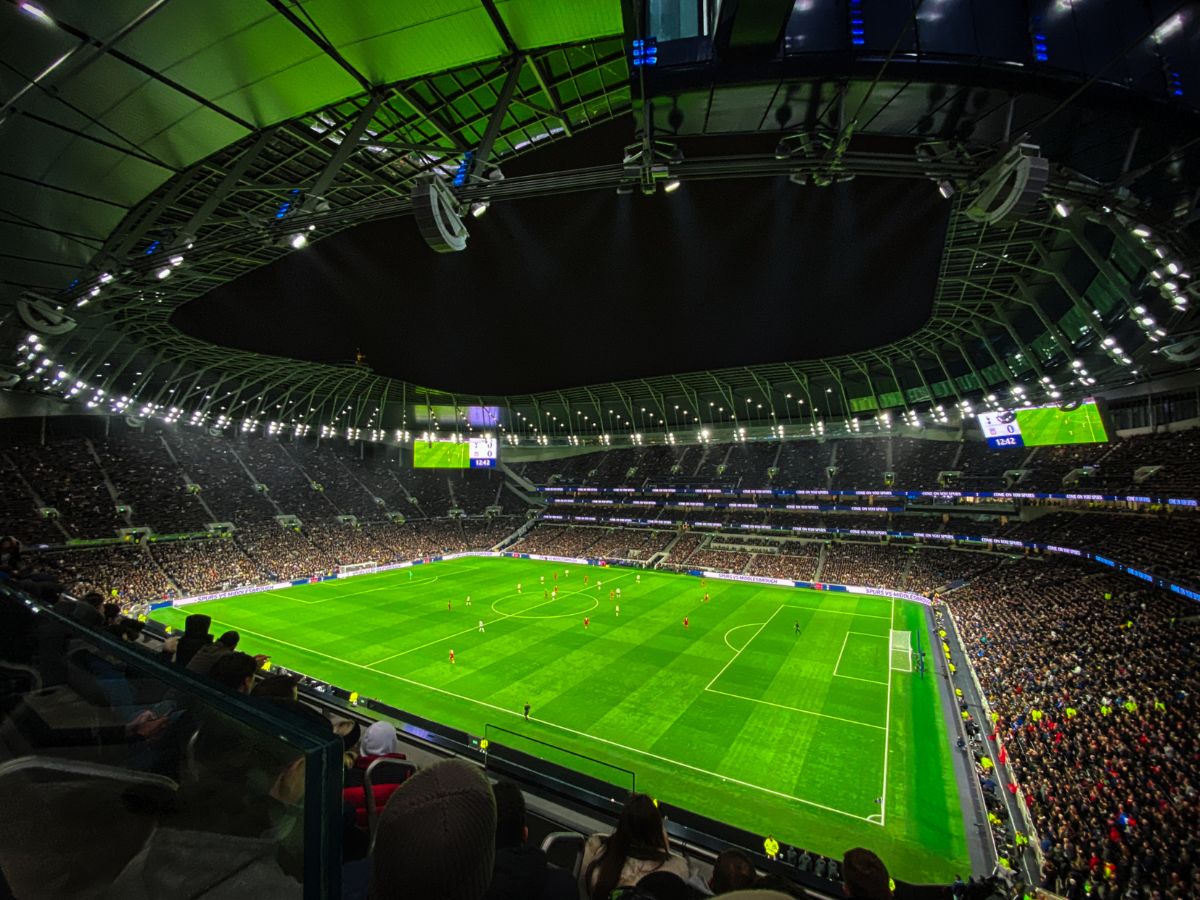ESA’s Space Debris Office constantly monitors this ever-evolving debris situation, and every year publishes a report on the current state of the debris environment. Since the beginning of the space age in 1957, tonnes of rockets, spacecraft and instruments have been launched to space. Initially, there was no plan for what to do with them at the end of their lives.
Since then, numbers have continued to increase and explosions and collisions in space have created thousands of shards of debris. The biggest contributor to the current space debris problem is explosions in orbit, caused by left-over energy – fuel and batteries – onboard spacecraft and rockets.
Holger Krag, Head of Space Safety Program, explains the complexities of this issue.“Despite measures being in place for years to prevent this, we see no decline in the number of such events. Trends towards end-of-mission disposal are improving, but at a slow pace,”
The number of debris objects, their combined mass, and the total area they take up has been steadily increasing since the beginning of the space age. This is further fuelled by a large number of in-orbit break-ups of spacecraft and rocket stages.
The total area that space debris takes up is important and directly related to how many collisions we expect in the future. As things stand, collisions between debris and working satellites are predicted to overtake explosions as the dominant source of debris.
On average over the last two decades, 12 accidental ‘fragments’ occurred in space every year, and this trend is unfortunately increasing. Fragmentation events describe moments in which debris is created due to collisions, explosions, electrical problems and even just the detachment of objects due to the harsh conditions in space.
While not all satellites currently comply with international guidelines, more and more space actors are attempting to stick to the rules. In the last decade, 15-30% of objects, or ‘payloads’ launched into non-compliant orbits in the low-Earth orbit region (excluding spacecraft related to human spaceflight) had attempted to comply with debris mitigation measures.
Between 5% and 20% did so successfully, peaking at 35% in 2018 due to the active de-orbiting from the Iridium constellation. Altogether, 30-70% of naturally non-compliant rockets cleared low-Earth orbit successfully. Of all the rockets launched in the last decade, 60-80% (in terms of mass) adhered to mitigation measures.
Some rockets are in low-Earth orbits that lead them to decay naturally in Earth’s atmosphere, but a significant amount of rockets are directed back into Earth’s atmosphere where they either burn up or are made to re-enter over uninhabited areas. Such practices are increasing, with about 30% of rockets safely re-entering in a controlled manner since 2017.
This situation can be a huge issue for the future of our Earth. Without proper precautions made and actions taken, this will and can truly jeopardize our planet.










































